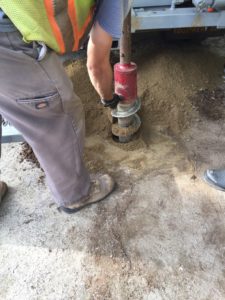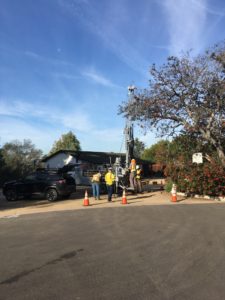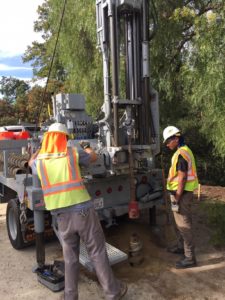Looking Back to Advance Forward
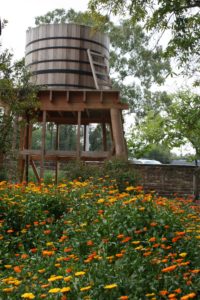
Built in 1844 by John Temple, one of Los Angeles’s earliest land developers, RLC was at the center of Southern California’s booming trade economy. A cattle ranching headquarters and a catalyst for the development of the San Pedro Bay and Port of Long Beach, RLC’s cultural significance to Southern California spans centuries.
A series of severe droughts and floods devastated the cattle ranch and in 1866 Rancho Los Cerritos was purchased by Flint, Bixby & Co. to be a sheep ranch, ushering in a new era of water management and innovation. By the twentieth century, the City of Long Beach and surrounding areas were rapidly developing new industries and RLC had fallen into disrepair. In 1930, forward-thinking Llewellyn Bixby, trained as a Civil Engineer, recognized the importance of restoring and preserving this important link to our past. Restoration began on the adobe and gardens in 1930.
Today, RLC’s restoration and preservation work continues. The site is a National, State, and Local Historic Landmark that still has many stories to tell. For 175 years, Rancho Los Cerritos has stood witness to our shared history by inspiring curiosity and respect for our past, enriching understanding of our present, and creating excitement for our future.
Looking Back to Advance Forward is a project to capture, store, and reuse rainfall on our historic property. The purpose for this project is to create an innovative model for stormwater reclamation that can serve as a national model. Our project will use two distinct methods for capturing, storing, and treating stormwater—one that uses new technology, and one that uses traditional methods.
The site includes just over 200,000 SF and is comprised of 143,000 SF of mixed landscaping, 19,000 SF of decomposed granite, 25,000 SF of paved roadway, and 16,000 SF of buildings. Based on an average annual rainfall of 12.25” per year, RLC typically experiences 276,000 Cubic Feet of rainfall across the entire site annually. The current site can retain roughly 40% of rainfall onsite through selective infiltrating plant selection.
Rancho Los Cerritos is implementing the latest technology, enabling us to capture an additional 140,000 Cubic Feet of runoff that will increase our stormwater capture from 40% to 95% annually. The majority will be absorbed and collected through new permeable paving leading to an underground 22,000 gallon cistern located at the entrance to the site. Stormwater captured at the cistern will be filtered and treated using ultraviolet sterilization as greywater recapture for onsite landscape.
In addition, we will use traditional water capturing techniques that use gravity to channel rainwater into a natural arroyo at the lowest point of RLC’s property. The capacity of the Arroyo will be will be expanded to assure that it can hold a greater amount of stormwater. The water that is channeled to the Arroyo will be treated through biofiltration. A fountain in the resulting pond will aerate the water, preventing mosquitoes and other naturally occurring pests from inhabiting the area.
Thank you to Port of Long Beach for providing the initial funding to this project with a grant of an unprecedented $1 million.
Update: A design team has been chosen and research has begun.
Studio One Eleven will be designing the storm water recapture system with P2S Inc. handling the engineering.
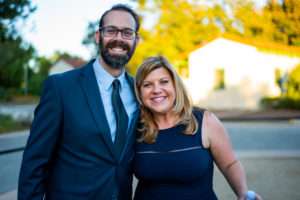
Pictured: Tessa Cavenah and Kirk Keller, Director of Studio One Eleven; part of the team designing RLC’s state of the art stormwater recapture system as part of Looking Back to Advance Forward.
P2S Inc. worked with a Geotech company to drill into three locations on site. This is part of the research phase of the Looking Back to Advance Forward project.
